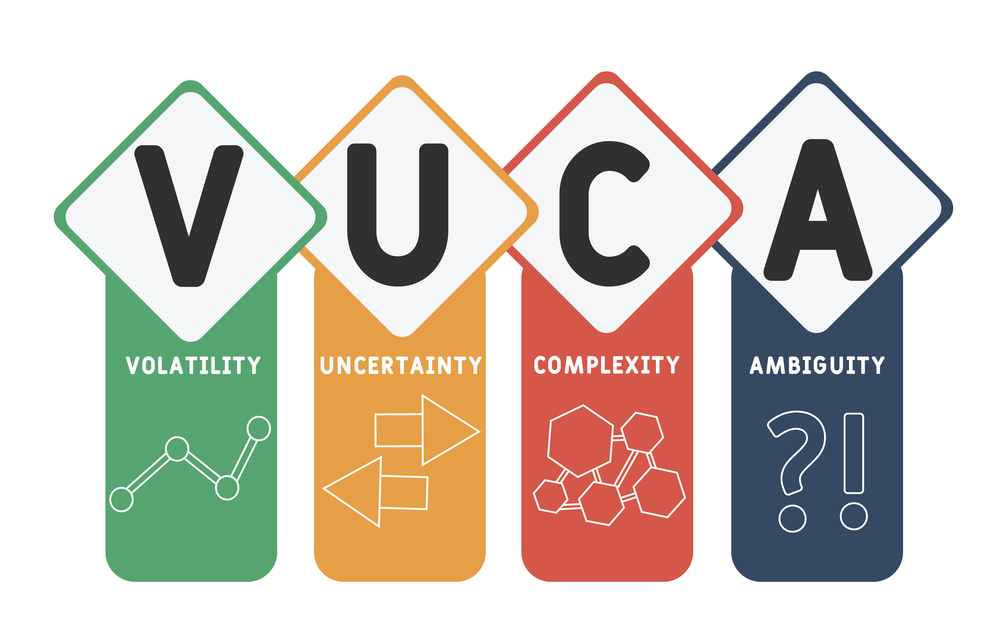 The modern workplace can be complicated. Some roles are changing quickly because of automation. Many of us use mobile devices and/or work from home and both of these habits blur the line between work and home. This versatility around how and where we work has many advantages, but it also makes it wise to consider workplace boundaries and some of the consequences of the work-life merge.
The modern workplace can be complicated. Some roles are changing quickly because of automation. Many of us use mobile devices and/or work from home and both of these habits blur the line between work and home. This versatility around how and where we work has many advantages, but it also makes it wise to consider workplace boundaries and some of the consequences of the work-life merge.
I’m a fan of Dr. Adam Grant, another I/O Psychologist (or Work Psychologist) who is an American university Psychology Professor and host of a terrific podcast that’s sponsored by TED, the organizers of all those famous YouTube videos.
In a recent episode of his podcast, he describes people who like to blend work and life as integrators. In contrast, segmentors like to keep their work and personal life separate. Segmentors believe that blending work and personal matters is distracting, uncomfortable, and inappropriate. One way to identify a real segmentor is to notice if they have separate keychains for work and home keys. Another, more extreme, signal is that real segmentors avoid having photos of their family in their office. In general, segmentors report better well-being than integrators do.
In the modern workplace, with 24/7 access to email and remote access to shared drives at work, it’s becoming harder to be a segmentor since so many workplaces expect ongoing access to employees. Segmentors are swimming against the current since blending or integrating work and life is becoming the norm and the default.
In the past, the natural tendencies of segmentors were probably enough to keep work and life in their preferred compartments. It was easier to separate work from one’s personal life. Now, in the modern workplace, segmentors need to be much more intentional about their workplace boundaries if they want things to remain in their proper places.
Why should employers care?
 Why are workplace boundaries important? Can’t integrators and segmentors just do what makes sense for them? Well, recent research shows that there comes a point where employees’ preferences start to affect their overall productivity. A business’ productivity affects its bottom line so it’s more impactful than a discussion of whether someone is an integrator or a segmentor.
Why are workplace boundaries important? Can’t integrators and segmentors just do what makes sense for them? Well, recent research shows that there comes a point where employees’ preferences start to affect their overall productivity. A business’ productivity affects its bottom line so it’s more impactful than a discussion of whether someone is an integrator or a segmentor.
According to research that Dr. Grant cited, there are our workplace boundaries are affected by physical proximity and time …
Physical Proximity Issues
Apparently, if you use an electronic device during a class or a meeting, you learn and contribute less — and so do the people sitting near you. Just having your smartphone on your desk reduces your own working memory by 10%, even if your phone is in airplane mode. It also makes you perform 5% worse on an intelligence test. (I assume that this doesn’t apply when you’re chairing a meeting and referring to documents and/or the agenda on the electronic device.)
This suggests that creating a workplace boundary whereby there are certain meetings that are ‘unplugged.’ This could result in better attention and fewer interruptions. In fairness, I don’t know if these studies are recent enough to track the impact of tablets that are enabled with precise styli (e.g., iPads with the Apple Pencil or the Microsoft Surface Pro with a stylus) that makes it possible to handwrite notes on a digital device.
Time-based Issues
 Research also suggests that it’s a good idea to reserve some uninterrupted time for ‘deep work’ so that people can focus on their tasks long enough to reach a state of peak productivity or ‘flow.’ This would also reduce the time that’s lost following each interruption; it can take 20-minutes to recover and refocus from an interruption. For example, in one firm, after a Quiet Time policy was implemented, 2/3 of the employees saw a real boost in their productivity. They designated Tuesdays, Thursdays, Fridays before noon as a ‘No Interruptions’ time.
Research also suggests that it’s a good idea to reserve some uninterrupted time for ‘deep work’ so that people can focus on their tasks long enough to reach a state of peak productivity or ‘flow.’ This would also reduce the time that’s lost following each interruption; it can take 20-minutes to recover and refocus from an interruption. For example, in one firm, after a Quiet Time policy was implemented, 2/3 of the employees saw a real boost in their productivity. They designated Tuesdays, Thursdays, Fridays before noon as a ‘No Interruptions’ time.
France has taken a different approach by legislating a 35-hour work week to encourage better work-life balance and stronger workplace boundaries. This national law makes it harder for employers to force their employees to work evenings and weekends.
Grant and others argue that leaders need to set the tone and walk the walk. When senior leaders work around the clock, others will assume that’s what is required, and they’ll also be motivated to work around the clock.
No email sent on weekends …
One simple tactic that I recently implemented is helping me respect the personal time boundaries of the team that I work with to ensure that my blog, newsletters, and other deliverables get out on time. Sometimes I need to work early on Saturday mornings to keep on top of my responsibilities. This often includes sharing information with members of my team. Now that my email software allows me to compose email messages but send them later, I still work some Saturdays but I can schedule the delivery of those messages for Monday morning. I love the fact that now, they don’t even need to decide whether or not to look at those messages on the weekend. This feature is available in Gmail and Outlook.
Setting workplace boundaries can be challenging but given the potential impact on productivity and well-being, it’s worth the effort … for employees and employers alike.
Do you need help navigating the world of work? Contact Dr. Helen today for a free and confidential initial consultation by phone, email, or via direct message on Twitter, Facebook, or LinkedIn. If something urgent comes up, I’m also available by a voice or video on Magnifi, an expertise-on-demand app.
Have you ever wished you could get inside the head of a hiring manager? You can. Dr. Helen Ofosu is a Career Coach/Counsellor with a difference. She has worked for organizations to create hiring and screening tools. She’s created countless pre-screening tests, interviews, simulations, and role plays for organizations of all kinds.
Dr. Helen’s training in Industrial and Organizational (I/O) Psychology means she is a genuine expert in evaluating work-related behaviours. She uses those skills to help hiring managers tell the difference between people who say the right things during interviews and people who actually deliver on the job. In other words, Dr. Helen understands first-hand how job candidates are assessed.
More than career coaching, it’s career psychology®.
I/O Advisory Services – Building Resilient Careers and Organizations.
Please share this article using any of the social media icons below.



